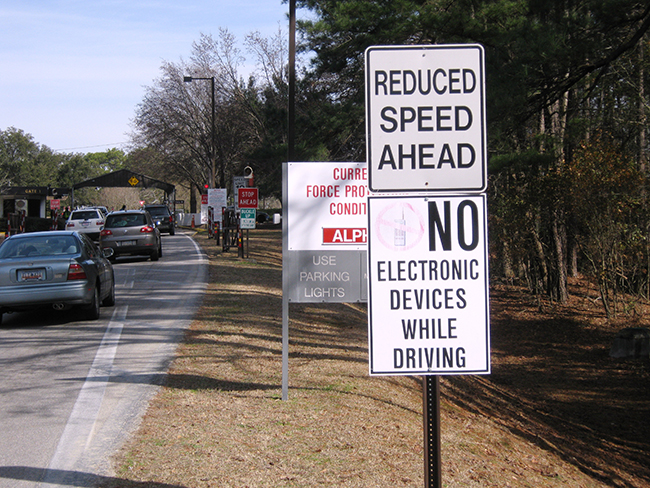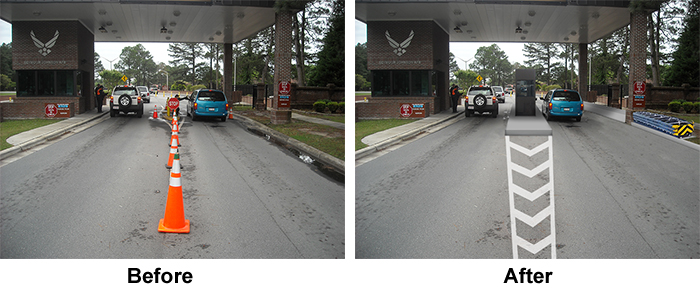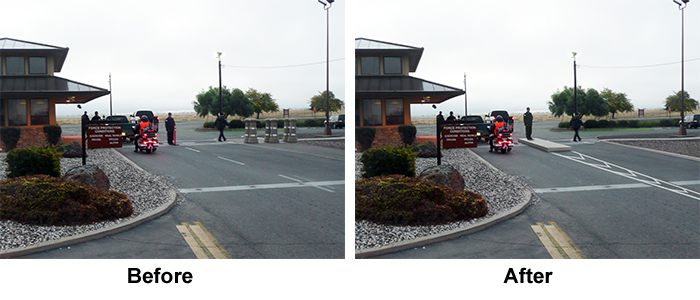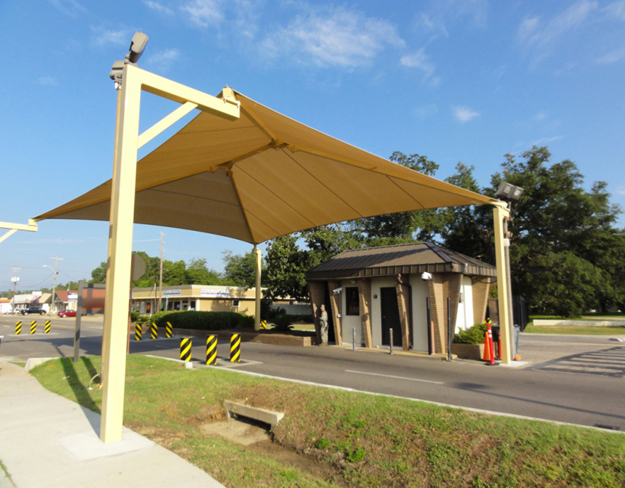Interim ECF Solutions
An ECF is a unique facility which requires significant real estate and funding in order to construct to comply with standards. In today’s financial climate, the ultimate design may not be feasible. While an ultimate design shall be considered for master planning and programming purposes; alternative, interim solutions should be implemented to improve security, safety, and capacity at existing ECFs in the near term.
There are several interim ECF solutions that can be constructed in the near term to assist an installation with meeting some current design standards and maximizing available resources. The solutions discussed will bring an existing ECF closer to, or maybe into, full compliance. If a fully compliant ECF cannot be achieved through interim solutions, then an ultimate design should be planned and programmed for non-compliant ECFs. Where appropriate, interim solutions should be designed and constructed so that they can be reused in the ultimate design.
Some examples of common interim solutions include signing and markings, ID check islands, and canopies.
Signing and Pavement Markings

One of the easiest and most cost effective improvements is to improve the signing and pavement markings throughout the ECF. Some installations provide too much signing which has nothing to do with the roadway elements or ECF operations. Over signing promotes negligence for all signs creating a potential safety concern. Signs that do not pertain to the ECF should be removed and relocated outside the ECF corridor.
ID Check Islands


Per the UFC, ID check islands should be designed 10 feet wide by 50-75 feet in length. For existing ECFs, where islands do not exist or meet standards, the width at the ID Check area should be maximized to incorporate an ID check island. Providing an adequate refuge area for security personnel will assist with processing and improve safety at the ID check area.
Where 12-14 feet wide processing lanes are provided, lanes could be narrowed to no less than 10 feet in order to provide width for an ID check island. At a minimum, an ID check island 4 feet wide by 25 feet in length should be provided. Although the island size is not ideal in the long term because it is not sufficient for a guard booth, the island does provide some protection for security personnel performing ID checks by designating a defined work area.
Canopies

Canopies should be provided at the ID check and inspection areas. Canopies protect against inclement weather and facilitate processing/inspection. Canopies provide a location to mount security cameras and additional lighting to enhance operations. Where permanent canopies cannot be provided, temporary or more innovative solutions should be considered to minimize costs.


